Get in touch
{"data":[],"config":{"id":150,"content_id":null,"name":"Contact Footer Form","type":"form-contact","position":178,"active":1,"created_at":"2020-12-02T03:55:16.000000Z","updated_at":"2025-10-30T04:58:54.000000Z","pardot_cid":306886,"form_type":"General Enquiry","template":null,"content":"<p>With dedicated and highly skilled team members located throughout Australia you can be sure of accessing the best local knowledge to help you maximise your investment in Pioneer® brand hybrid seed. Get in touch with your local Territory Sales Manager or Farm Services Consultant today.<\/p>","title":"<span style=\"font-weight: 800 !important; font-size: 2rem; \"> Your seed is backed by <br>local experience<\/span>","image":{"id":51,"parent_id":169,"name":"Glenn-Somerville.png","description":null,"storage":"assets","size":255289,"extension":"png","mime_type":"image\/png","width":630,"height":394,"keywords":null,"usage":{"panels.150":"Contact Footer Form","panel_images.3":"Contact Form - Cam Searle"},"created_at":"2021-02-25T02:53:46.000000Z","updated_at":"2022-02-09T01:10:50.000000Z","readonly":null,"value":null,"_meta":null,"node_path":[{"id":169,"name":"Footer Blokes","parent_id":null},{"id":51,"name":"Glenn-Somerville.png","parent_id":169}],"link":"\/asset\/51.png","readable_size":"249.31 kB","secured":false,"secured_token":"eyJ0eXAiOiJKV1QiLCJhbGciOiJIUzI1NiJ9.eyJzdG9yYWdlcyI6WyJzZWN1cmVfYXNzZXRzIl0sImZpbGUiOjUxfQ.ceCD2O7cB1rnXEjv3PA49T0L-yqA-QPH-_DNGIRosiA","full_path":"169\/51"},"border_top":0,"border_bottom":0,"padding_top":1,"padding_bottom":1,"margin_top":0,"margin_bottom":0,"background":"grey-light","autoResponderSubject":null,"autoResponder":null,"pardot_campaign":{"id":306886,"createdAt":"2025-03-19T09:17:57+10:00","folder":{"name":"Campaigns"},"folderId":6069,"isDeleted":false,"name":"AU Website Enquiry - footer form","parentCampaign":null,"parentCampaignId":null},"pivot":{"content_id":330,"panel_id":150,"active":1,"section":"after","position":20},"fields":[{"id":9,"panel_id":150,"name":"firstname","title":"First Name","data_type":"input-text","required":1,"auto_populated":null,"values":null,"position":9,"active":1,"created_at":"2021-03-28T21:52:25.000000Z","updated_at":"2025-03-18T22:45:11.000000Z","refs":null,"placeholder":"First Name","help":null,"cols":12,"extensions":[],"multiple":0,"file_limit":1,"salesforce_fields":"firstName"},{"id":16,"panel_id":150,"name":"lastname","title":"Last Name","data_type":"input-text","required":1,"auto_populated":null,"values":null,"position":10,"active":1,"created_at":"2025-03-18T22:50:36.000000Z","updated_at":"2025-03-18T22:51:53.000000Z","refs":null,"placeholder":"Last Name","help":null,"cols":12,"extensions":[],"multiple":0,"file_limit":1,"salesforce_fields":"lastName"},{"id":10,"panel_id":150,"name":"email","title":"Email","data_type":"input-email","required":1,"auto_populated":null,"values":null,"position":11,"active":1,"created_at":"2021-03-28T21:52:51.000000Z","updated_at":"2025-03-18T22:50:40.000000Z","refs":null,"placeholder":"Email","help":null,"cols":12,"extensions":[],"multiple":0,"file_limit":1,"salesforce_fields":"email"},{"id":11,"panel_id":150,"name":"content","title":"Enquiry","data_type":"textarea","required":1,"auto_populated":null,"values":null,"position":16,"active":1,"created_at":"2021-03-28T21:53:10.000000Z","updated_at":"2025-03-18T22:50:40.000000Z","refs":null,"placeholder":"Enquiry","help":null,"cols":12,"extensions":[],"multiple":0,"file_limit":1,"salesforce_fields":"comments"},{"id":17,"panel_id":150,"name":"postcode","title":"Postcode","data_type":"input-number","required":1,"auto_populated":null,"values":null,"position":17,"active":1,"created_at":"2025-03-18T22:51:45.000000Z","updated_at":"2025-03-18T22:51:48.000000Z","refs":null,"placeholder":"Postcode","help":null,"cols":12,"extensions":[],"multiple":0,"file_limit":1,"salesforce_fields":"zip"}],"twoColumns":true,"showLabels":false,"btnLabel":"Send","honeypot":1,"country_restriction":1}}

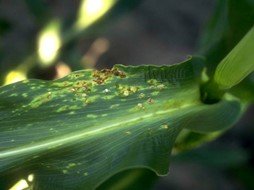
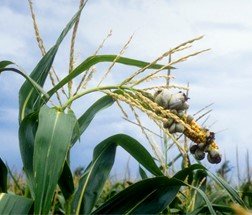
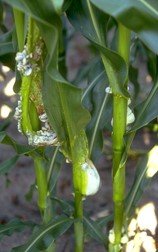
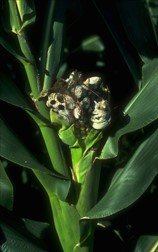
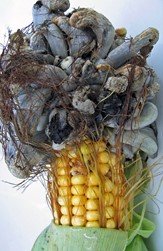
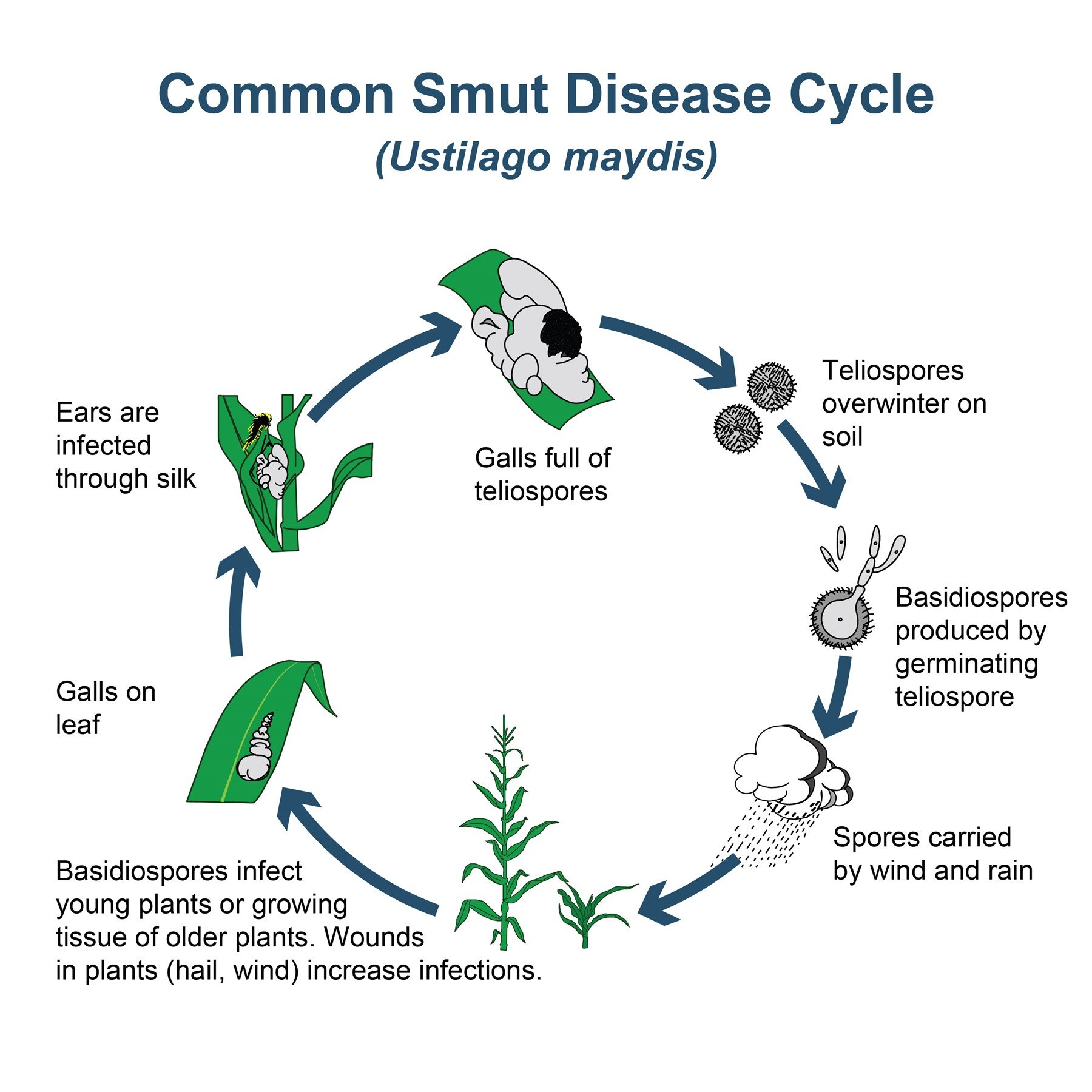 The invading fungus stimulates an increase in the number and size of affected plant cells, forming a gall. The smut mycelium grows between plant cells until just before the new teliospores are formed. The enlarged cells are then invaded, causing them to collapse and die.
The invading fungus stimulates an increase in the number and size of affected plant cells, forming a gall. The smut mycelium grows between plant cells until just before the new teliospores are formed. The enlarged cells are then invaded, causing them to collapse and die.